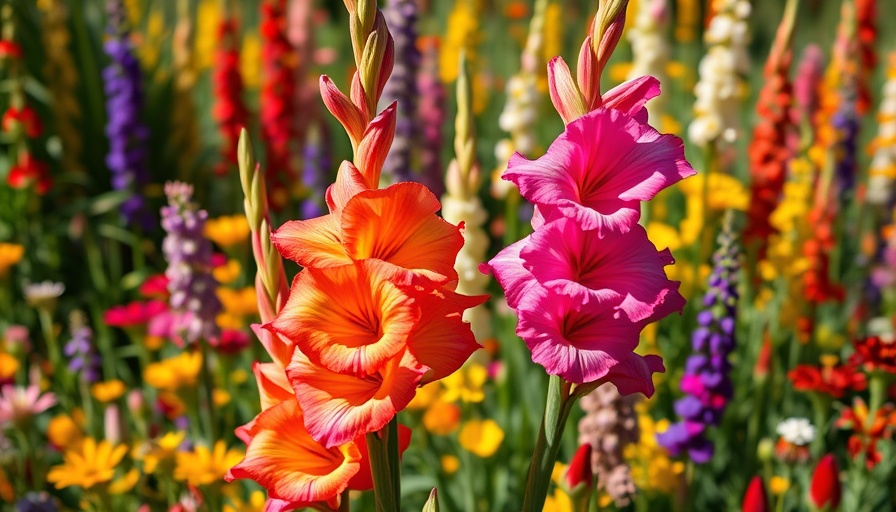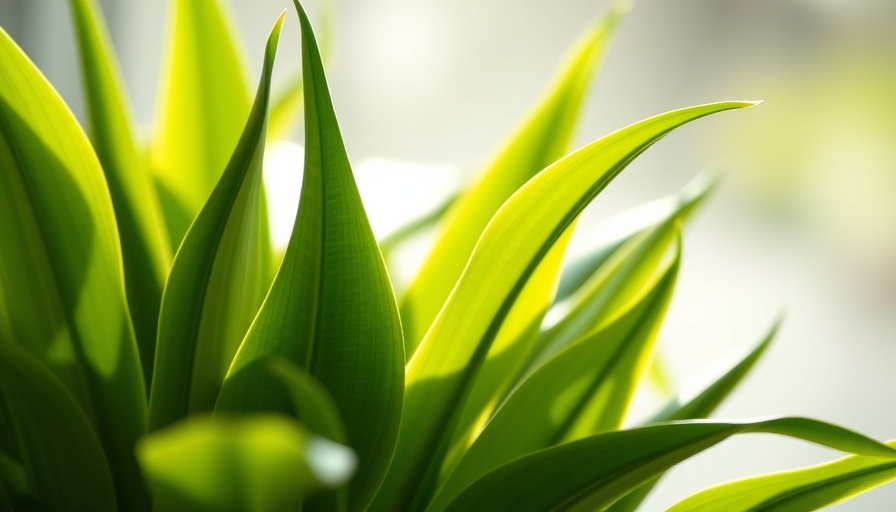
Discover the Charm and Benefits of Catmint
Nepeta, commonly known as catmint, is a delightful addition to gardens across the globe. Beloved not only for its lush, aromatic foliage but also for its vibrant spikes of violet-blue flowers, catmint creates a stunning visual in any outdoor space. Many people often confuse this herb with catnip (Nepeta cataria), as they both belong to the same genus and share similar appealing qualities, especially their allure to our feline friends.
What Makes Catmint a Perfect Garden Plant?
This hardy perennial blossoms from late spring through fall, producing an array of small, tubular flowers that can be found in shades of blue, lavender, or purple depending on the specific variety. One variety that stands out is Nepeta x faassenii 'Cat's Pajamas', a dwarf selection that’s perfect for smaller gardens or containers. Its soft, gray-green leaves emit a delightful minty fragrance with each gentle touch, making it not just visually but also olfactorily appealing.
A Brief Look at Its Medicinal Values
Beyond its ornamental beauty, catmint possesses medicinal qualities. Historically, it has been used in herbal remedies to aid digestion, alleviate stress, and even as a mild sedative. While scientific research in this area continues, some users claim that infusions made from catmint can soothe minor ailments, making it a versatile herb in both the garden and the home.
Why You Should Plant Catmint in Your Garden
For homeowners looking to enhance their garden with attractive, low-maintenance plants, catmint should be at the top of your list. It thrives in various soil conditions and is drought-resistant, making it suitable for novice gardeners and those adopting sustainable landscaping practices. Additionally, it attracts pollinators such as bees and butterflies, promoting biodiversity in your outdoor space.
Companion Planting with Catmint
Pairing catmint with other plants can create a captivating garden aesthetic while also supporting plant health. For instance, catmint grows exceptionally well alongside ornamental grasses, which can provide a stunning contrast in texture. Additionally, planting it near vegetables can ward off pests, as its aromatic leaves help reduce insect infestations naturally.
Practical Tips for Incorporating Catmint in Your Garden
When adding catmint to your landscape, consider the following tips:
- Sunlight: Catmint does best in full sun, requiring at least six hours of direct sunlight each day.
- Soil: Well-draining soil is crucial; overly wet soil can lead to root rot.
- Spacing: When planting, allow adequate spacing of 18-24 inches apart to promote proper airflow and prevent overcrowding.
- Pruning: Regularly deadhead spent flowers to encourage continuous blooming throughout the summer.
Engage Your Sense with Catmint
Adding catmint to your garden is not just about aesthetic appeal but also about creating a sensory experience. With its wonderful aromas, vibrant colors, and herbal benefits, this perennial herb can transform your outdoor space while supporting sustainable practices. As you explore your local landscaping options, consider how catmint can play an essential role in enhancing both beauty and ecology in your garden.
Interested in bringing catmint to your garden? Take the first step today by researching local nurseries that offer this delightful perennial. You won't regret it!
 Add Row
Add Row  Add
Add 




Write A Comment